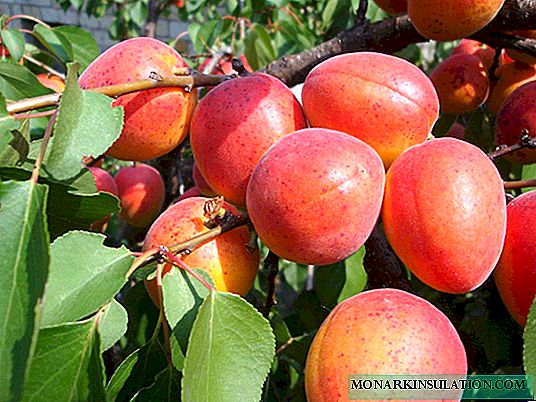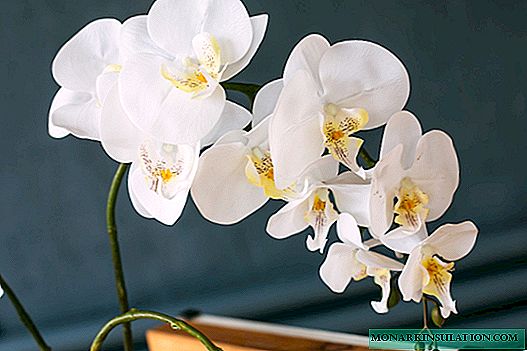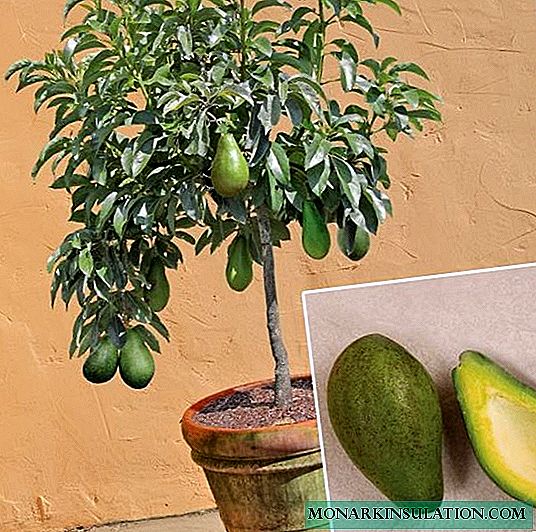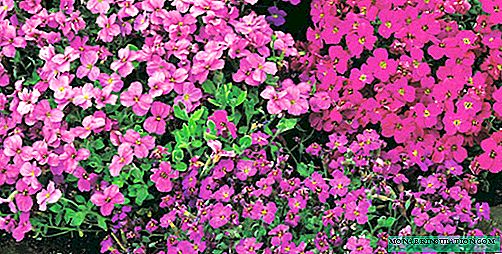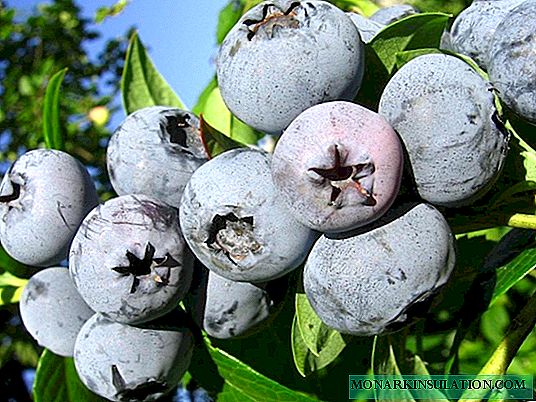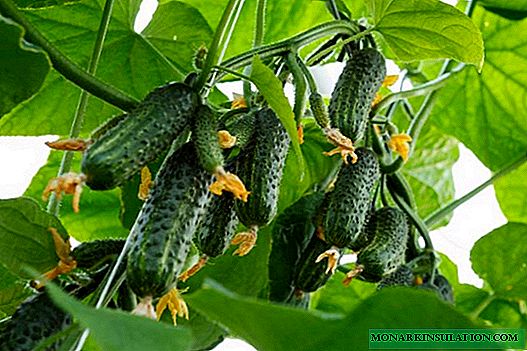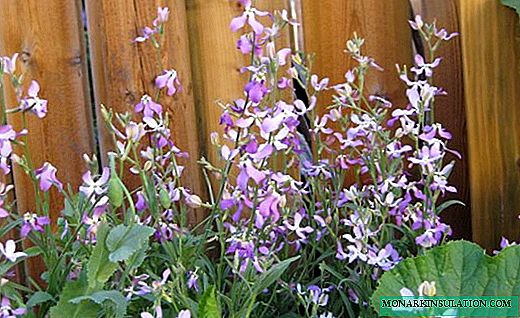The popular name for grape disease associated with a violation of the synthesis of chlorophyll is pale weakness. Leaf blades turn yellow, colored pigment appears in them. Chlorosis requires immediate treatment in order to normalize cell metabolism, otherwise the ovaries begin to fall, leaves fall off. The disease is not difficult to find out, but to identify the causes that caused it is quite difficult. Affected bushes hibernate worse, yield decreases. Some varieties prone to chlorosis are regularly treated as a preventative measure.

Types, causes, symptoms of grape chlorosis
Chlorosis is infectious and non-infectious.
Viral chlorosis
Infectious form occurs when a virus enters:
- through wounds from blood-sucking insects;
- from an infected seedling brought into the plantation;
- through the scion site, if the stock was taken from an infected vine.
It appears as yellow spots on the leaves, especially near the veins and the veins themselves. Leaves become mosaic. Therefore, the infectious form of cell metabolism in the vine is called yellow mosaic.

In Russia, this disease is not common, but infections in a warm climate often become widespread. The roots, all parts of the plant are affected, the vine has to be thrown away. Viruses are not afraid of frost, pesticides. With such a pathology, grape bushes are burned.
Types of physiological chlorosis
Non-infectious chlorosis causes many yellowing leaves. It usually occurs in early spring from a lack of nitrogen, zinc, sulfur, magnesium, iron. With the introduction of minerals through the roots or leaf plates, the state of the plant stabilizes. Feeding is a sure means.
Edaphic is associated with excess moisture in the soil and abnormal weather conditions:
- sudden changes in temperature;
- unexpected night cooling;
- a dry period.
From the form of the disease, treatment methods are selected - they eliminate the causes that caused the chlorophyll deficiency. If you do not take any measures, the damaged leaves dry out, short knots form, shoots grow inferior.
Carbonate is characteristic in the alkaline environment of the soil, there is iron, but it is not absorbed. Calcium blocks the movement of metal ions, the bushes literally wither before our eyes.
Iron deficiency chlorosis develops slowly. Diagnosing it is difficult. Outwardly, the disease is similar to a lack of moisture. But after watering, the condition of the vines worsens. A lack of iron in the plant occurs against the background of an excess of copper in the soil (the mineral enters with Bordeaux fluid).
Lack of other trace elements, symptoms in grapes:
- when a plant needs bromine, color decay, spotting of ovaries are characteristic;
- zinc top dressing is required if the leaves become light green, fade, slightly curl;
- magnesium determines the age of the grape, with a lack of grapes, the lower leaves fall off, the trunk is exposed, darkens;
- Manganese is also involved in the synthesis of chlorophyll, with a deficiency of a trace element a yellowish border appears on the leaves.
Actions for detecting chlorosis and methods of treatment
First you need to make sure that there is no infectious disease. A sure sign is green streaks on a leaf. Inspect the vine from all sides. Chlorosis usually appears on several nearby growing plants simultaneously. It is advisable to immediately check the acidity of the soil in order to choose the right fertilizer or iron-containing product.

The carbonate form is the most common. Ready-made or self-prepared chelates process grapes when there is an iron deficiency. In early spring, under each bush, 200-400 g of iron sulphate is planted in the soil. They do the same in the fall. In summer, they spray the grapes with 1% iron sulfate or iron chelate (10 l of water, 7 g of citric acid, 10 g of iron sulfate). With increased soil moisture, the absorption of trace elements by the roots improves ammonium nitrate or sulfate, it binds excess nitrogen.
You should not make preparations and fertilizers directly under the bush. It is better to do this in a special groove 40 cm deep at a distance of about 80 cm across the bush. Water the plant before and after dressing.
With calcareous chlorosis, sulfuric acid with water helps (acid is poured into water in a proportion of 1:10). 5 l of such a solution is watered every bush.
Also, for the prevention of chlorosis, bean, alfalfa, clover, cereals are planted in rows between rows.
It is advisable to carry out complex foliar top dressing in order to maintain the immunity of grapes. In a couple of days there will be a visible improvement. But if the main reason for the violation of chlorophyll synthesis in the roots is that they do not absorb the necessary elements, the leaves will turn yellow again.
Fertilizing the earth with urea gives a good result, it gives the necessary acidity, is quickly absorbed by the vine. Other complex sources of nitrogen: nitrophoska; azofoska.
To them are added potassium nitrate, superphosphate. For prevention, you can use Bordeaux liquid, it contains copper and calcium. For complete photosynthesis, all macro and micronutrients are needed.
Chlorosis resistant grape varieties
There is no escape from a viral infection. When talking about stable stocks of grapes, we are talking about non-infectious types of the disease. Among the varieties with good immunity that can tolerate weather stress without chlorosis, there are wine and table varieties:
- Alexa
- Venus
- Delight;
- Eastern mascot;
- Zaporizhzhya raisins;
- Cabernet Sauvignon;
- Limberger
- Muscatel;
- Muller-Thurgau;
- Pinot Meunier;
- Portuguese
- Pink Timur;
- Trollinger;
- Saint Laurent;
- Chasla
- Elbling.
The list of susceptible varieties is much smaller. If agricultural technology is followed, chlorosis on grapes can be avoided.

